How Félicité Niyitegeka Saved her Tutsi Neighbors from Genocide in Rwanda
“They are human beings, your brothers and sisters.”
It was the second week of April 1994, and Félicité Niyitegeka saw the specter of genocide heading in her direction. Niyitegeka served as director of the Centre Saint-Pierre, a Catholic charity center in Gisenyi, a quiet lakeside town in western Rwanda that people often visited to escape their ordinary lives. She had served her community—both Hutu and Tutsi members—for decades, giving food, clothing, and money to those in need. But as Hutu militia bands swept toward Gisenyi with plans to kill the country’s Tutsi minority, Niyitegeka braced herself to serve in ways she couldn’t yet imagine. Before the killings began, she told a friend, “I foresee an imminent danger.” Soon, she became so fearful that she could scarcely sleep at night.
The situation in Rwanda had been deteriorating since April 6, when unknown agitators shot down President Juvénal Habyarimana’s plane. After Habyarimana’s death, extremist members of the Hutu majority stepped up to claim power. The country’s new leadership unleashed Hutu militia groups, including the notorious Interahamwe (“Those Who Attack Together”), on the terrified Tutsi population. The militias initially murdered Tutsis in the Rwandan capital of Kigali, then fanned out to continue their killing spree around the country. Historians estimate that approximately 800,000 to more than 1 million people, almost all of them Tutsis, were killed in the genocide.
As soon as she grasped the threat, Niyitegeka—herself a Hutu—swung into action. She began sheltering dozens of Tutsis at the Centre Saint-Pierre and helping them cross the nearby border to Zaire (now the Democratic Republic of Congo) and safety. Ultimately, this beloved 60-year-old woman, ignoring the Interahamwe’s threats against her, succeeded in saving about two dozen Tutsis from near-certain death, says Jean D’Amour Dusengumuremyi, the author of a book about Niyitegeka called No Greater Love.
Though Niyitegeka’s bravery is little known outside Rwanda, she is celebrated there today as a national hero, and her selfless deeds are part of school curricula. Her actions were a powerful statement against the divisions she saw in Rwandan society, says Dusengumuremyi. “She had another view—to bring people together.”
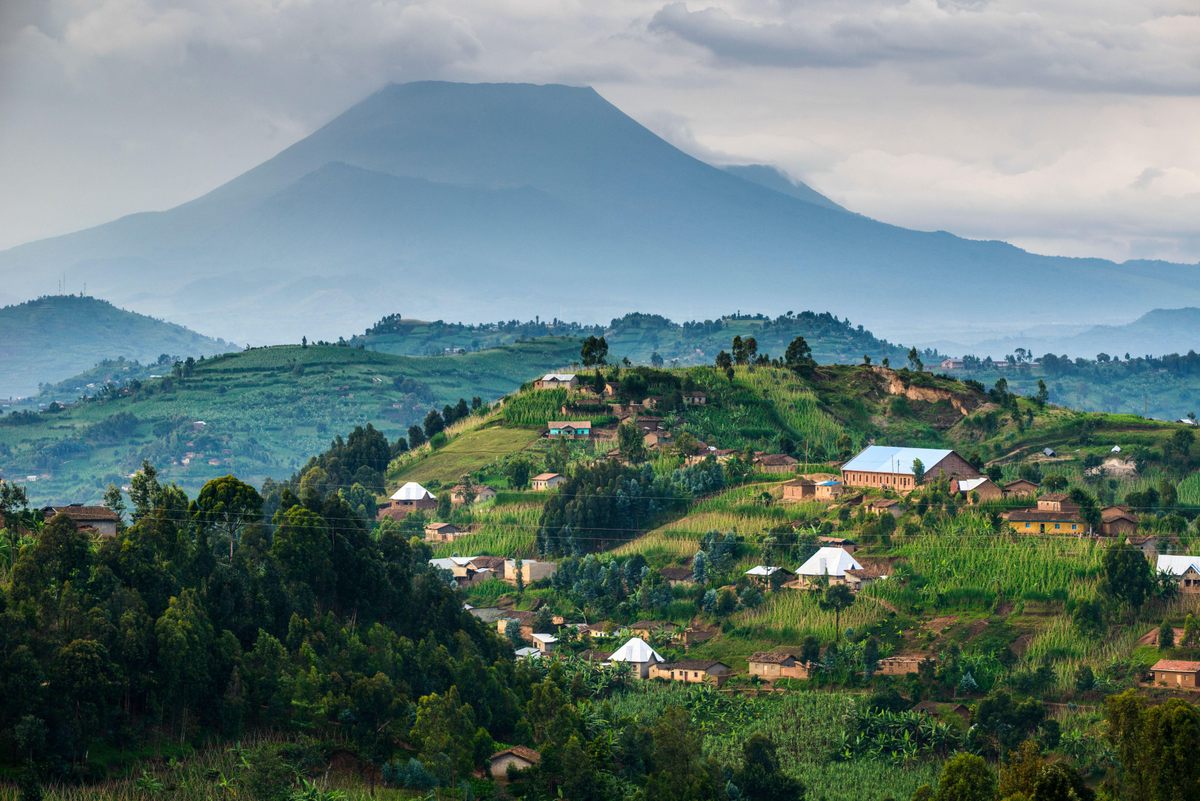
From the time she was a child growing up in the south of Rwanda, Félicité Niyitegeka threw herself full tilt into relationships. “She was the kind of person you would like to have a conversation with. She had a high level of energy,” says Niyitegeka’s cousin, Emmanuel Ndahimana, who viewed her as a kind of wise older sibling. When he was a young boy, Niyitegeka sent him letters urging him to study hard in school. In addition to encouraging people, Niyitegeka was known for mending rifts between those she loved. “When there was a misunderstanding,” Ndahimana says, “she would rush there and try to bring people back together.”
With Niyitegeka’s zest for community building, a life of celibate service seemed like a natural fit, even as most other women of her generation were starting families. In the 1950s, Niyitegeka joined the Auxiliaries of the Apostolate, a lay Catholic order that in Rwanda included both Hutu and Tutsi members. After earning a teaching certificate and receiving further religious training in Lourdes, France, she began managing the Centre Saint-Pierre.
When the killing squads began their rampage in 1994, Niyitegeka was heading up a retreat at the Centre Saint-Pierre. After the killings started, Tutsi retreat participants stayed at the center, knowing that returning home meant risking their lives. At Niyitegeka’s urging, other Tutsis living nearby joined them, crowding into the center’s rooms and loft space.
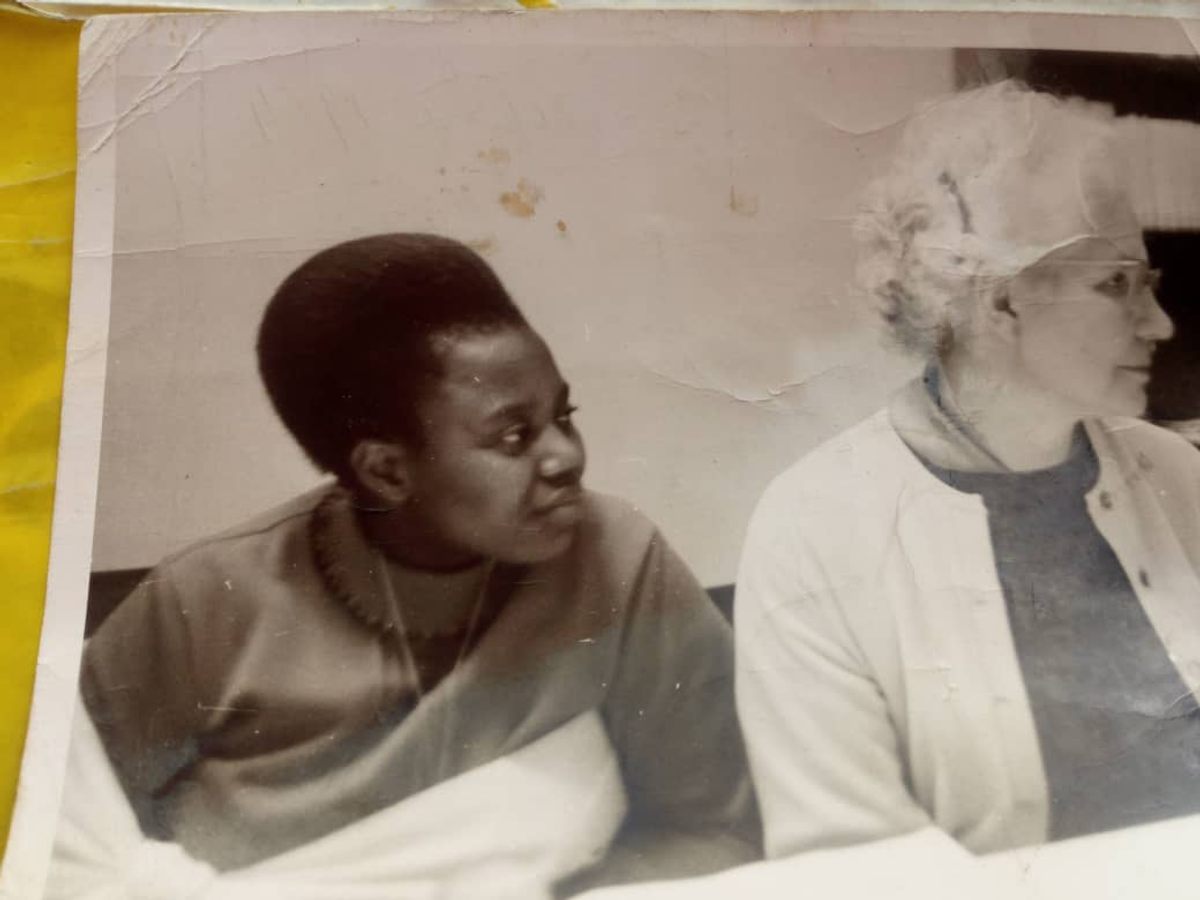
As the militias converged on Gisenyi, Niyitegeka recognized that she could no longer truly protect her charges where they were. She resolved to lead them further out of danger. Gisenyi’s location, along the sparkling sand beaches that ring Lake Kivu, was an ideal jumping-off point for escape: It was about a mile from the border into Zaire, where fleeing Tutsis would be safe from the militias.
While the refugees crouched in the Centre Saint-Pierre’s hidden spaces, Niyitegeka called her contacts across the border, arranging for them to provide temporary shelter for the refugees once they arrived. She also knew soldiers who patrolled the border zone and bribed them to look the other way when people walked by. She had watched as relationships between neighbors and friends ruptured within days, severed by a genocidal fault line. The bribes, strange as it seemed, temporarily helped restore a vanished sense of community.
At around 2 a.m. on April 19, 1994, Niyitegeka prepared to send a group of more than a dozen Tutsi refugees across the border. She tapped Adria Umurangamirwa, a Tutsi staying at the center, to escort them. “She came to my room and she said, ‘You are not taking anything with you. I am going to show you the list of the people you are taking,’” Umurangamirwa says.
The refugees gathered in the chapel, where Niyitegeka and a priest blessed them, then squeezed through a small back door of the center. Before they left the grounds, Niyitegeka told them to look for a light from a house just over the border in the city of Muzizi. Once they saw the beam of light, they would know they were out of danger.
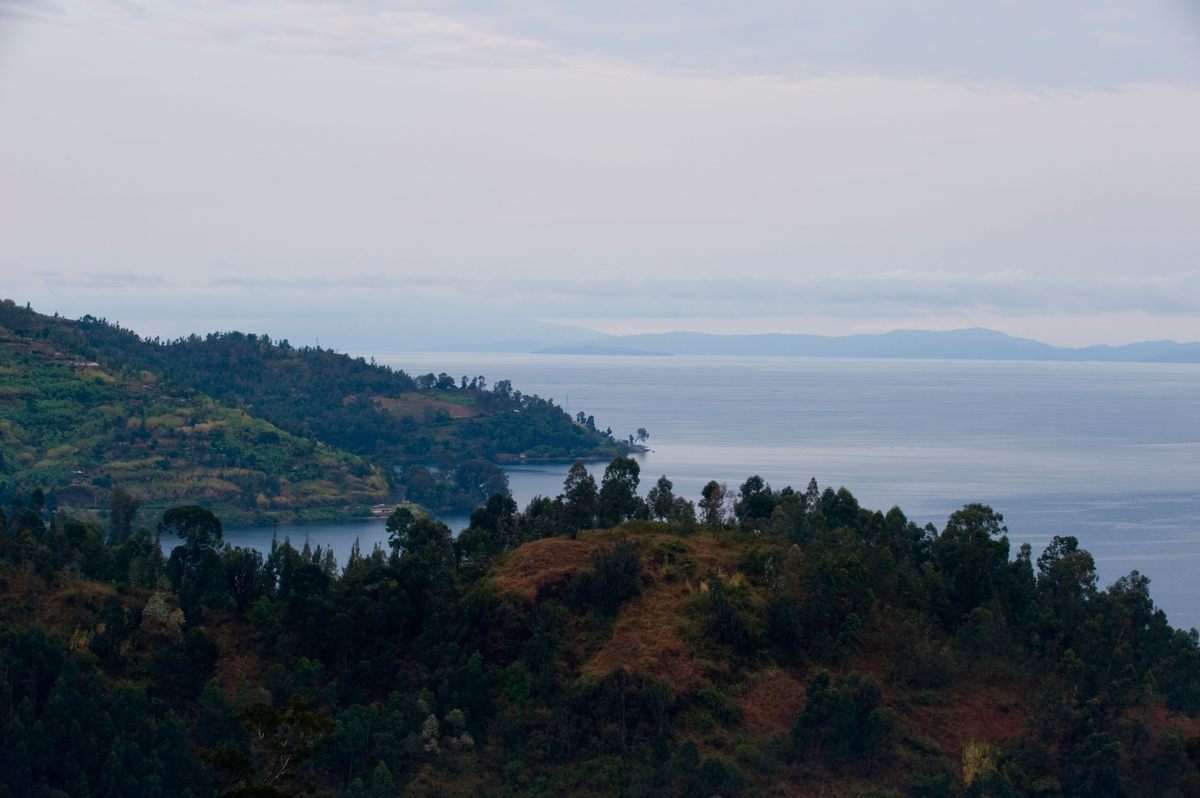
The path from the Centre Saint-Pierre to the border wasn’t long—it took about fifteen minutes to travel on foot, says Dusengumuremyi, who grew up in Rwanda and walked the route on a research trip to his homeland. But while short, the journey was perilous. The path was surrounded by thick bushes that loomed like dark clouds at nighttime, making it hard for travelers to orient themselves. And no one knew just who might be lurking in the shadows.
As the group crept along the path in single file, Umurangamirwa saw a nearby soldier in the darkness. For a few seconds, she thought he would kill her. Instead, the soldier told her, “Follow the others,” and Umurangamirwa realized that he was likely one of the men Niyitegeka had bribed so that the group could cross.
The group kept moving forward under a moonless sky. Finally, “after ten minutes, I found that light,” Umurangamirwa remembers—the signal Niyitegeka had told them about before they left. “I told them, ‘OK, let us go forward.’”
Eventually, the group reached the Hôtel des Grands Lacs, well within Zairian territory. Umurangamirwa greeted a few people working there, whom she knew, and everyone sang the “Magnificat” hymn together in celebration. When Umurangamirwa called Niyitegeka to let her know they had all arrived safely, Niyitegeka exulted, “Ahiiiii!”—a cry that, for Rwandans, expresses a joy so great it can hardly be contained.
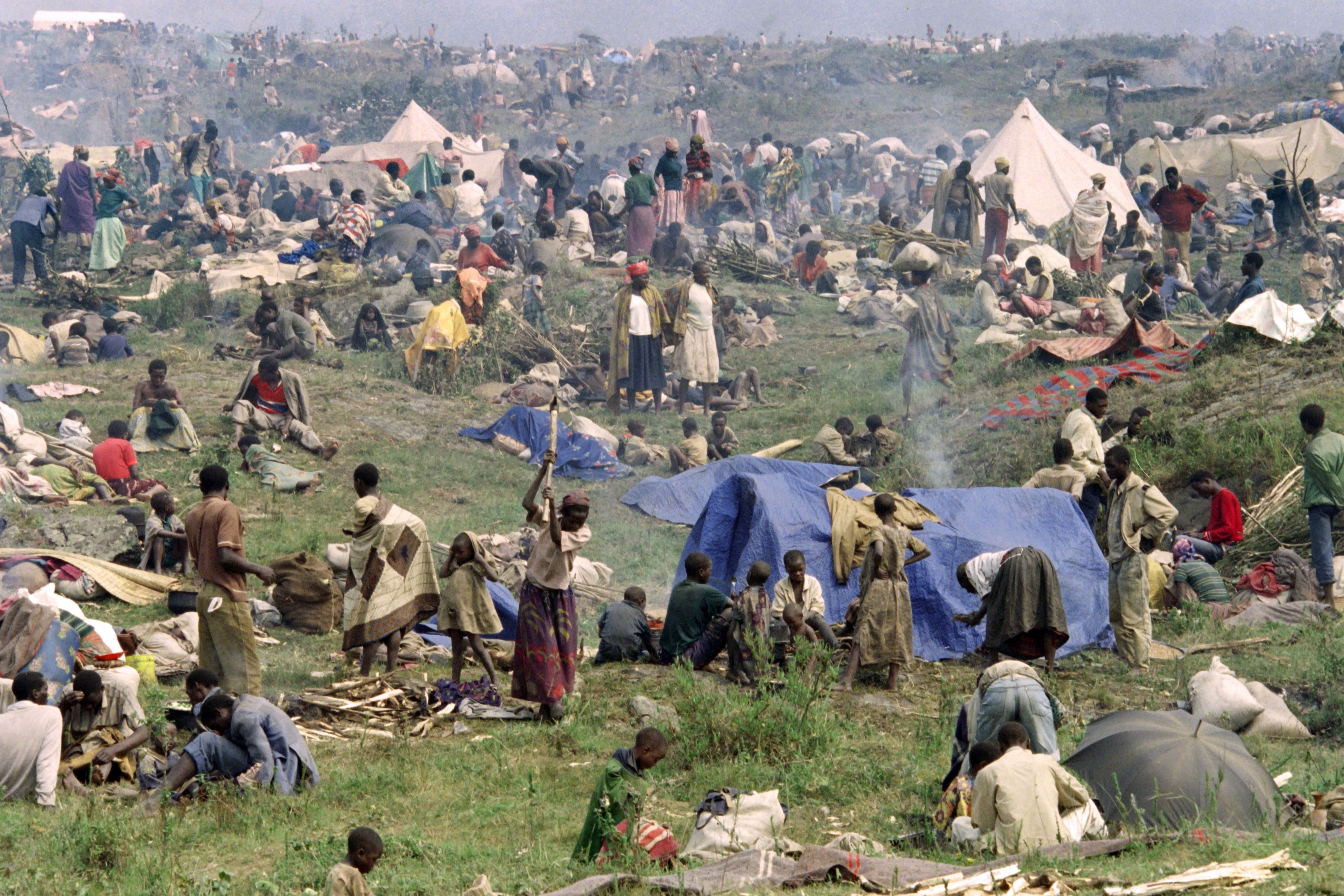
On the afternoon of April 21, as Niyitegeka was preparing to send another refugee group across the border, she spotted a band of ragtag militia men approaching the Centre Saint-Pierre. “Felicitas came running over, telling me to warn everyone that the killers were there, that we had to hide as quickly as possible,” writes Berthe Kayitesi, who was among the Tutsi who sheltered at the center. Some of the killers were brandishing guns, according to reports Dusengumuremyi collected. Others came armed with machetes or grenades.
After the men forced their way into the center, they confronted Niyitegeka. “Bring the Tutsi,” they goaded her. “Bring those inyenzi you have hidden.” Inyenzi is the Kinyarwanda word for “cockroach”; the killers liked to refer to their victims as vermin.
“I haven’t any inyenzi,” Niyitegeka retorted. “They are human beings, your brothers and sisters.”
The génocidaires scoffed and fired back with more insults. But as they ordered the Tutsis onto waiting minibuses outside, they told Niyitegeka to stay behind, knowing that her brother, Alphonse Nzungize, was a Hutu army colonel. Nzungize had earlier pleaded with his sister to leave the Centre Saint-Pierre, but Niyitegeka rebuffed him in a letter. “I would rather die,” she wrote, “than abandon the forty-three persons for whom I am responsible.”
Now, ignoring the murderers’ demand to stand aside, Niyitegeka was among the first to board the buses. “They threw us into the cars,” Marie Claire Mukarugero, another Auxiliaries of the Apostolate member who was there, told Dusengumuremyi in an interview. “We were about thirty people in two vehicles.” As the buses headed toward the Commune Rouge, a nearby cemetery and known killing site, a militia man tried to coax Niyitegeka to get off. Mukarugero also begged her to leave, but Niyitegeka answered, “You, neither you have committed any sin. I will accompany you.”
In downtown Gisenyi, few passersby seemed overly concerned about the deadly bus transports. “I was surprised at what I saw—some people going to the market, going about their daily activities,” Kayitesi writes. “Others were standing around on the side of the road, watching the Tutsi being driven to this terrible destination as if they were watching a car race.”
The buses soon pulled up at the Commune Rouge and the killers ordered everyone out. Niyitegeka prayed for the people with her, telling them not to be afraid. She clasped Kayitesi’s hand as the shootings began, then moved back and said something to Kayitesi that sounded like “Leave me.” When one killer’s attention was diverted, Kayitesi managed to flee the scene and duck back into a bus. As she passed through the bus door, she saw Niyitegeka crumple to the ground, shot alongside the refugees she’d remained with to the end.

Eric Murangwa, a survivor of the genocide against the Tutsi and co-founder of the Ishami Foundation, an international peace-building nonprofit, marvels at Niyitegeka’s solidarity with those she sheltered. “She had such incredible strength,” he says, “to put herself in that position of saying, ‘The best I can offer these people is actually to stay with them, no matter what is happening.’” Her life and death convey an arresting paradox: While her actions might seem impossible, unthinkable, they are also what we should expect of ourselves. “If you have humanity, if you have a heart, you will feel the suffering of others,” Dusengumuremyi says. “And you will stand up to defend them.”
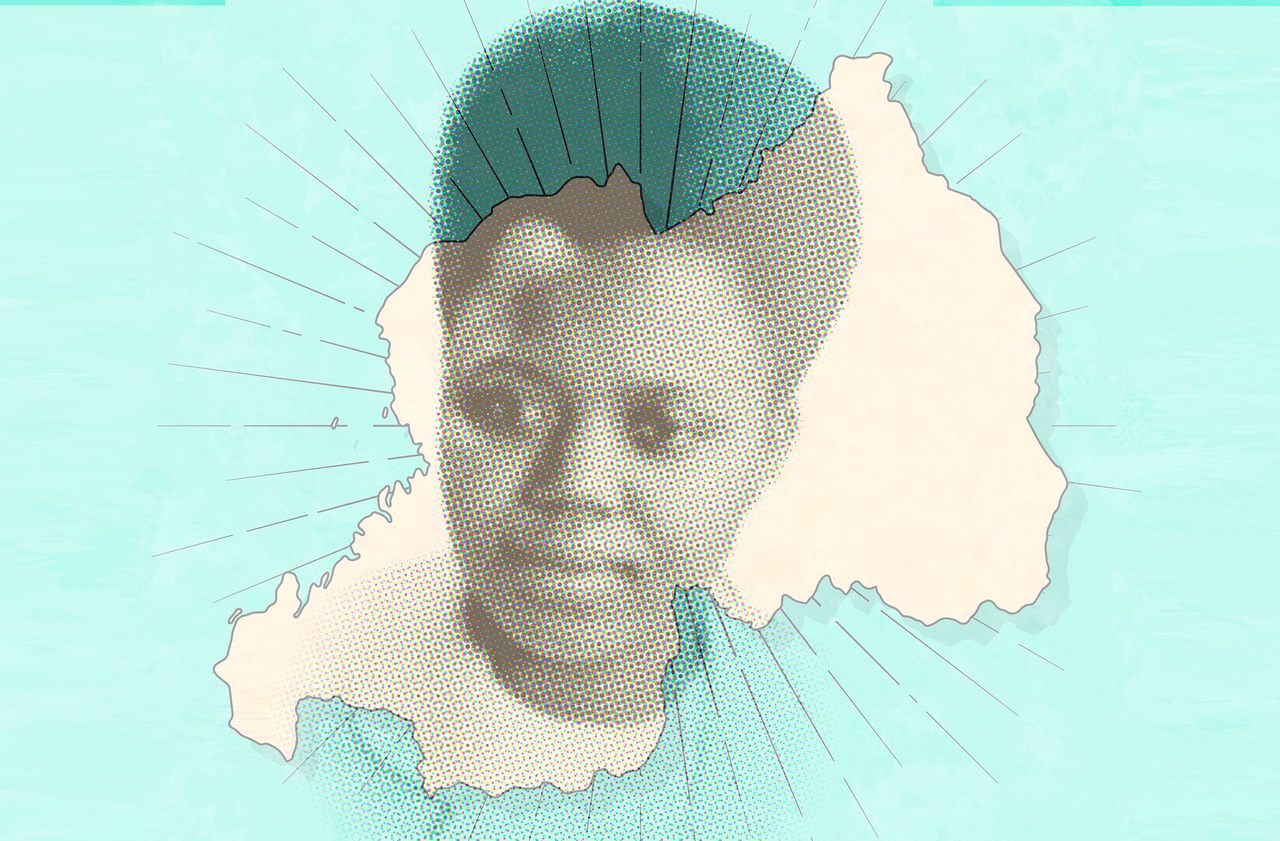






















Follow us on Twitter to get the latest on the world's hidden wonders.
Like us on Facebook to get the latest on the world's hidden wonders.
Follow us on Twitter Like us on Facebook